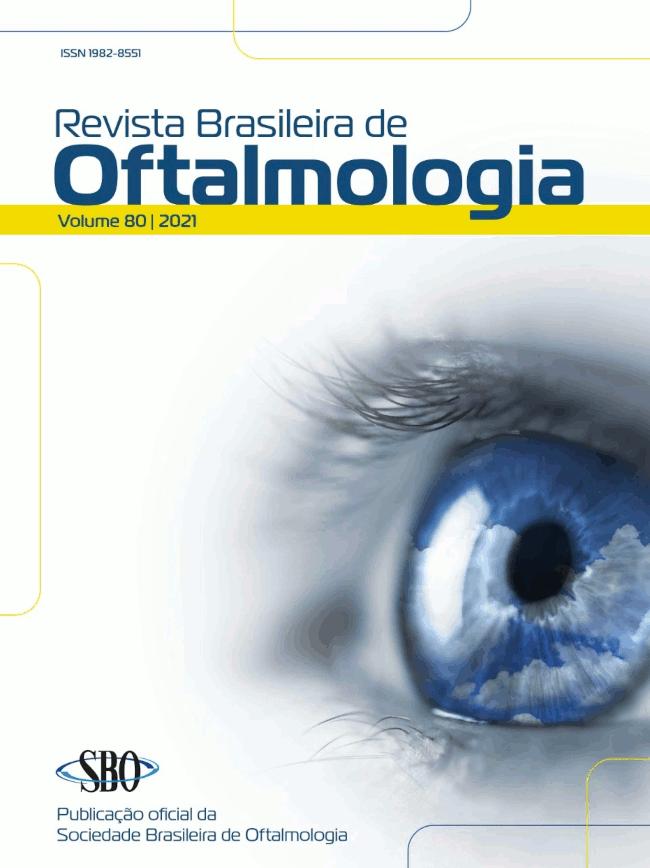ABSTRACT
The authors make a review of drusenoid retinal pigment epithelium detachments(DPDs), a form of retinal pigment epithelium detachment(PED) that evolves from confluent and large soft drusen.Drusenoidretinal pigment epithelial detachments are a recognized element of the "dry" AMD. Until now, no treatment is indicated in drusenoid PEDs. The authors describe the clinical characteristics of drusenoid retinal pigment epithelium detachments (DPEDs) and make a review of the DPEDs related in the international literature. We related in this revision paper the multimodal advanced image exams in two cases of dusenoid retinal pigment epithelium detachments (DPEDs) and the general characteristics of thisfinding associated with Dry Macular degeneration.Upon examination of the ocular fundusDPEDs emerge as well-circumscribed yellow or yellow–white elevations of the RPE that are usually found within the macula.They may show scalloped borders and a slightly irregular surface. When visualized using fluorescein angiography (FA),DPEDs are typically described as faint hyper-fluorescent in the early phase followed by a slow increase in fluorescence throughout the transit stage of the study without late leakage. With optical coherence tomography (OCT), drusenoid PEDs usually show a smooth contour of the detached hyperreflective RPE band that may have an undulating appearance.Drusenoid PEDs encompass far above the ground possibility type of "dry" AMD that develops in relationship with large confluent soft drusen.At this point no treatment is utilized in drusenoid retinal pigment epithelium detachment(DPEDs).
Keywords:
Macular degeneration; Retinal detachment; Retinal drusen; Fluorescein angiography; fundus oculi; Aged; Age factors

 Drusenoid retinal pigment epithelium detachments
Drusenoid retinal pigment epithelium detachments

